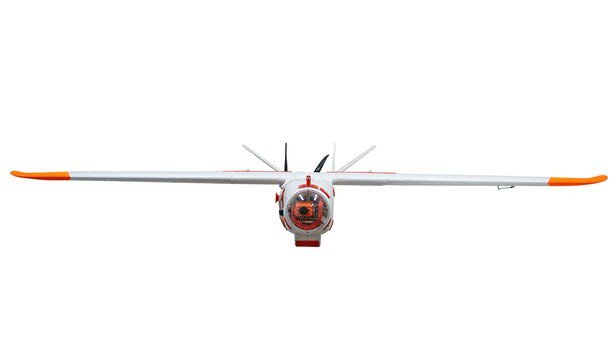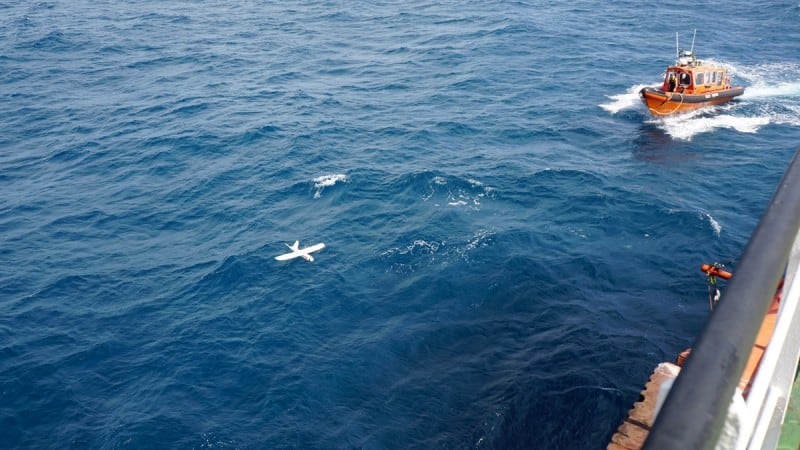Last Updated on January 13, 2019
Wouldn’t it be nice to bring your drone to a large body of water, fly it over, and capture amazing scenes in the process? Sure, you can absolutely do that if you’re confident enough with your skills as a navigator but what about when you’re just starting out?
How certain are you that your drone isn’t going to fall into the water? Well, Aeromao seems to have the answer for you: their new Aeromapper Talon Amphibious drone.
Video credit: aeromao2007
For land and water
As its name suggests, the Amphibious version of the Aeromapper Talon can land on either the ground or water. Most of the drones available today are pretty good at getting themselves on land after performing whatever instruction was asked of them. However, there are cases when you do need to bring your drone to the ocean, river, or lake to get some shots. What happens then?
A very confident and able navigator can probably get a drone in their air, over water, and back on land without a hitch. But that excludes a great amount of people, including those who will never bring their camera drone close to water for fear of it getting destroyed.
Aeromao has provided a solution in the form of an Amphibious version of their Aeromapper Talon. The drone can perform a “belly landing on water” and with its dual camera setup and link range, it is the “perfect solution for aerial observation, data collection and mapping.”
The Talon Amphibious is fully waterproof, making it more than okay to take a bit of a plunge. But if you still prefer a ground landing, there’s no problem with that as well. The drone is capable of doing a parachute landing on dry land.
While being able to land on water is pretty impressive, it has to take more than that for a prospective customer to want to buy this product. The drone has to be able to deliver in terms of its camera specifications as well.
Amphibious drone camera specifications
The Talon Amphibious can be launched from either the shore or a boat. Once up in the air, it can stay there for about two hours on just a single charge. It can be flown autonomously or by remote.
In terms of travel distance, the amphibious drone is capable of going 30 kilometers (that’s about 19 miles). Like other drones, it will return home once it loses radio contact. So there’s no fear of a drone wandering off.
This Aeromao drone uses a downward-facing camera that can capture 20MP stills and 4K video up to 30fps of the body of water that is below it. In terms of video transmission, the drone can transmit back to you at distances between 15 to 20 kilometers (about 9 to 12 miles). The good news is that you can stretch that out to 40 kilometers (around 25 miles) if you use a parabolic antenna.
You also have the option to choose a forward-facing camera, which can be panned remotely and can also follow a subject.
With the Aeromapper Talon Amphibious from Aeromao, you can now safely fly a drone over a body of water without worries of damaging it.





